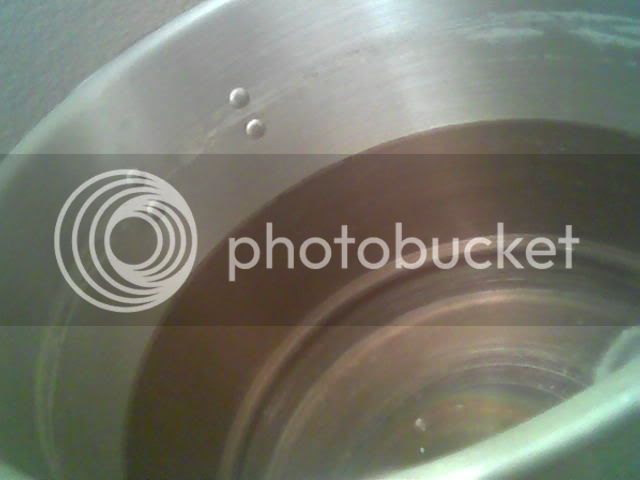I've never heard that- I have a ton of aluminum cookware. I've made spaghetti and fish in the same pan, and didn't notice any flavor carry over. If that happened, you'd need to have a pan for every type of food you make.
I do use my brewpot just for beer, now, though. In the beginning, I used my regular cookware and it was fine.
I do use my brewpot just for beer, now, though. In the beginning, I used my regular cookware and it was fine.





